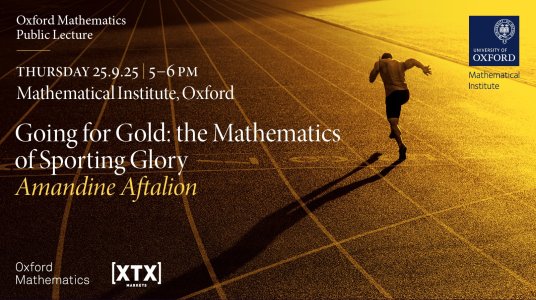HSS iteration for solving the indefinite Helmholtz equation by multigrid with standard components
Abstract
We provide an iterative solution approach for the indefinite Helmholtz equation discretised using finite elements, based upon a Hermitian Skew-Hermitian Splitting (HSS) iteration applied to the shifted operator, and prove that the iteration is k- and mesh-robust when O(k) HSS iterations are performed. The HSS iterations involve solving a shifted operator that is suitable for approximation by multigrid using standard smoothers and transfer operators, and hence we can use O(N) parallel processors in a high performance computing implementation, where N is the total number of degrees of freedom. We argue that the algorithm converges in O(k) wallclock time when within the range of scalability of the multigrid. We provide numerical results verifying our proofs and demonstrating this claim, establishing a method that can make use of large scale high performance computing systems.
This talk is hosted by Rutherford Appleton Laboratory and will take place @ Harwell Campus, Didcot, OX11 0QX



